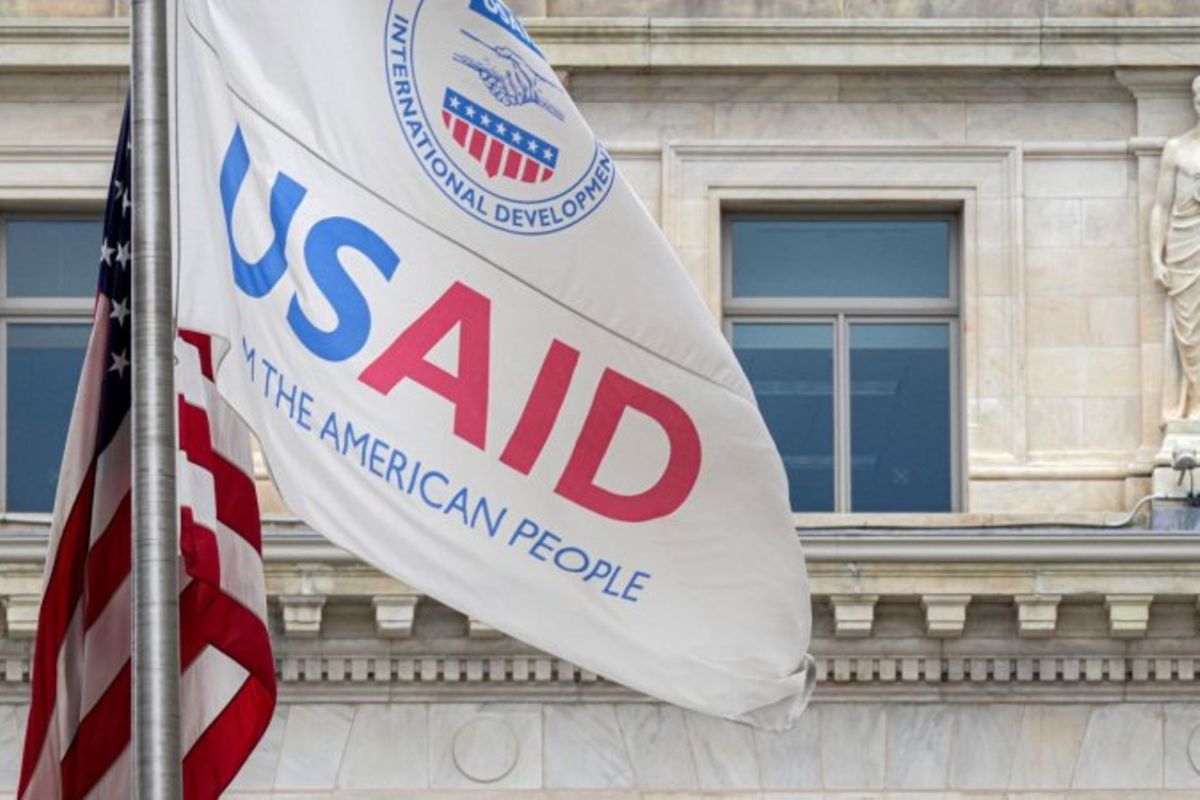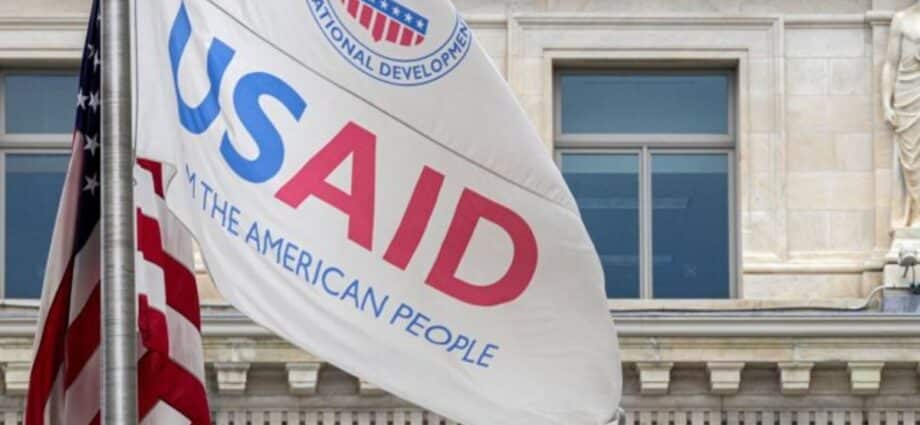
The withdrawal of USAID funding to Tanzania has sparked varied responses across the nation. Historically, Tanzania has relied heavily on this support, especially in crucial sectors such as health and education. The initial reaction from the general population was one of shock and for those directly affected—such as recipients of life-prolonging support and workers in these sectors—there is a palpable sense of anxiety and dismay. As the country grapples with this funding gap, the question arises: how can Tanzania cope and adapt to this new reality?
The abrupt cessation of USAID funding has left many feeling vulnerable. Individuals relying on assistance for healthcare, education and social services face uncertainty about their future. This anxiety is compounded by concerns over the potential loss of jobs among workers in sectors that were supported by USAID.
In light of the withdrawal, there is an urgent need to identify new sources of funding. This could involve seeking support from alternative international donors, local philanthropists, or even public-private partnerships that could provide the necessary resources to fill the void left by USAID.
Many citizens, including myself, believe that Tanzania can adapt and thrive even without USAID funding. Here are some strategies that can be employed:
A senior government leader recently highlighted concerns over a significant number of public service employees (40 percent) who are paid without doing any work. For me this calls for a thorough review of government spending on employment and related costs. And this may be an indication of bigger problem of wastage in government spending. For instance, a renowned columnist in the East African weekly newspaper recently wrote about the gas-guzzling SUVs we provide as a mode of transport for our Government officials, while less expensive vehicles could adequately provide the required service. By targeting wasteful expenditures, the government could redirect savings to essential services, including those currently funded by donors.
Another potential solution is to adopt a zero-based budgeting approach in government financial planning. This method requires justifying every expense from the ground up, rather than adjusting previous budgets. By reassessing priorities and eliminating unnecessary costs, significant savings could be realized, helping to cover the gap left by USAID.
It is also essential to recognize that the government cannot shoulder this burden alone. Every Tanzanian has a role to play. Consider a scenario where we had to rely entirely on local resources for lifesaving medications, such as antiretrovirals (ARVs). Would we allow our loved ones to suffer and die without intervention?
During the Covid-19 global pandemic, our traditional donor countries dealt with their own crises before offering assistance to others. However, there was remarkable cooperation between the Tanzanian Government and the private sector to develop coping strategies. This spirit of collaboration can be harnessed again to address the funding shortage.
Tanzanians can unite to pool financial resources and cover the funding gap. A potential approach could involve creating a crowdfunding platform where individuals can contribute. Such a platform could invite donations from local residents and well-wishers abroad, fostering a sense of community and shared responsibility.
However, for a comprehensive response to the funding gap, the government must lead the way. In times of natural disasters, the government typically mobilizes resources and community support effectively. While the loss of USAID funding may not evoke the same dramatic response, it is nonetheless critical. Lives are at stake and proactive measures must be taken to prevent unnecessary suffering.
In conclusion, while the disappearance of USAID funding presents significant challenges for Tanzania, it also offers an opportunity for the nation to demonstrate resilience and self-reliance. By addressing inefficiencies, implementing responsible budgeting and fostering collective action, Tanzania can navigate this transition successfully. It is time for all Tanzanians to come together, contribute and ensure that no one is left behind in this critical moment.
Leonard Mususa is a former Mwananchi Communications Limited (MCL) board chair














